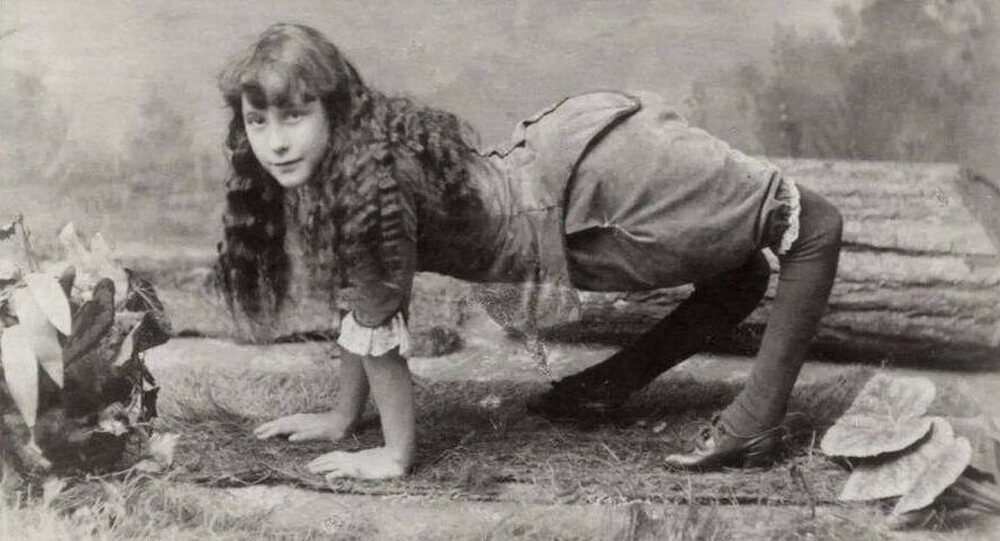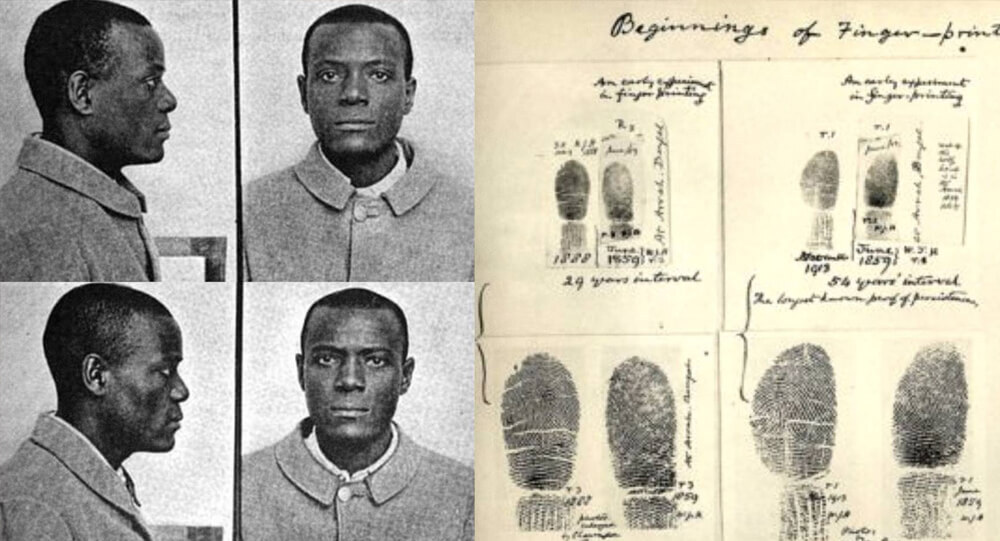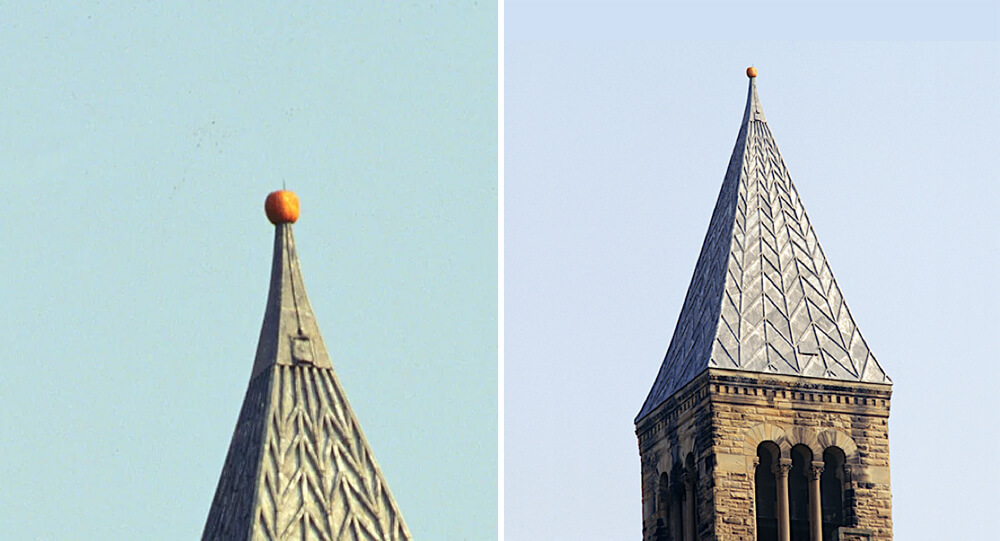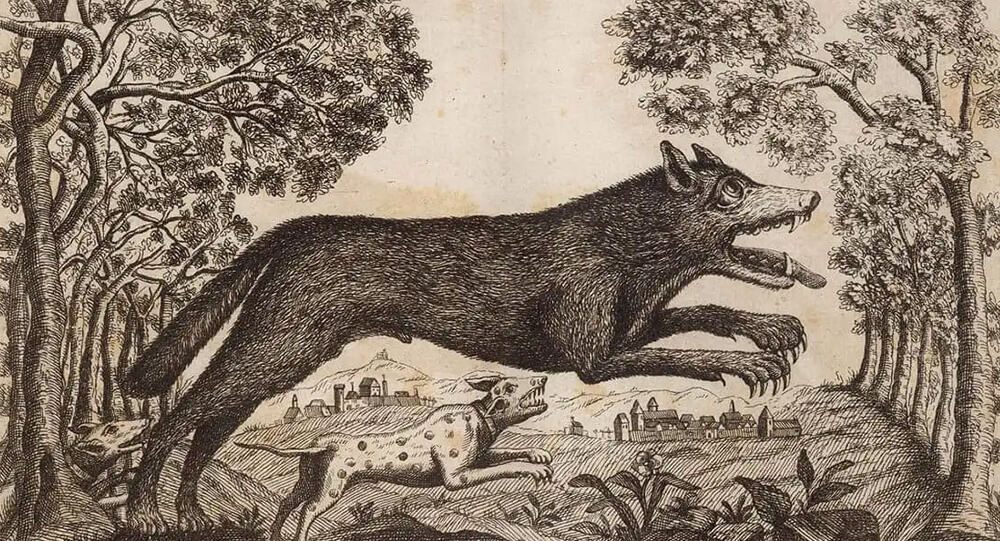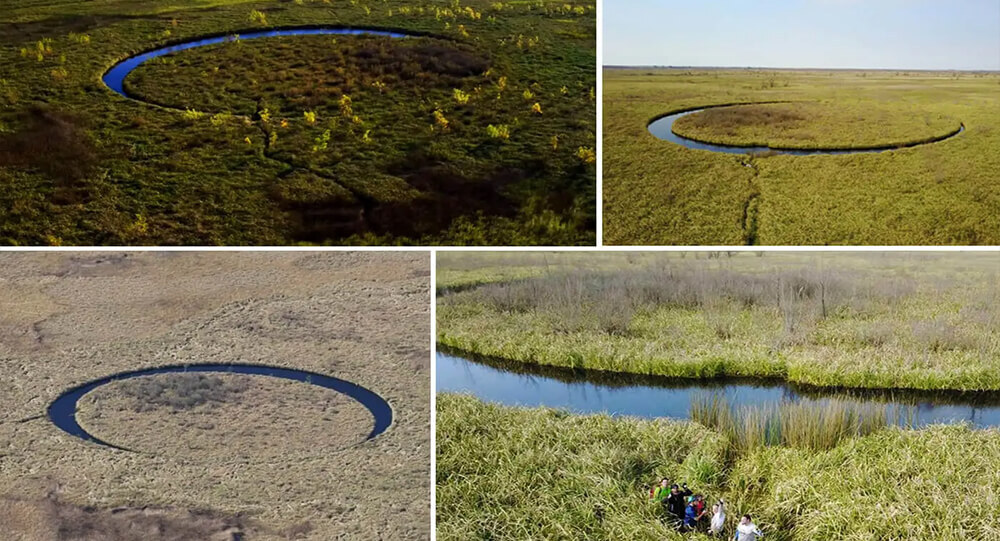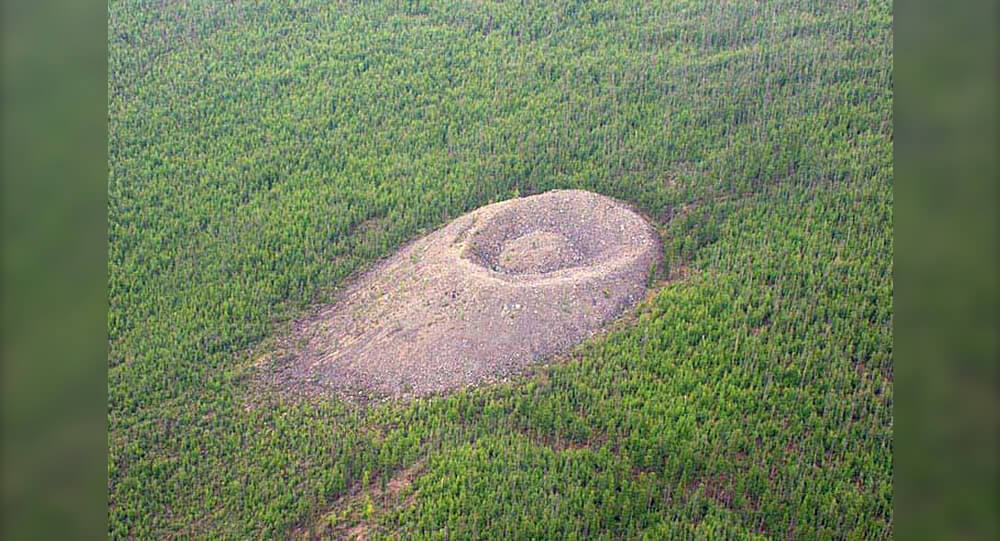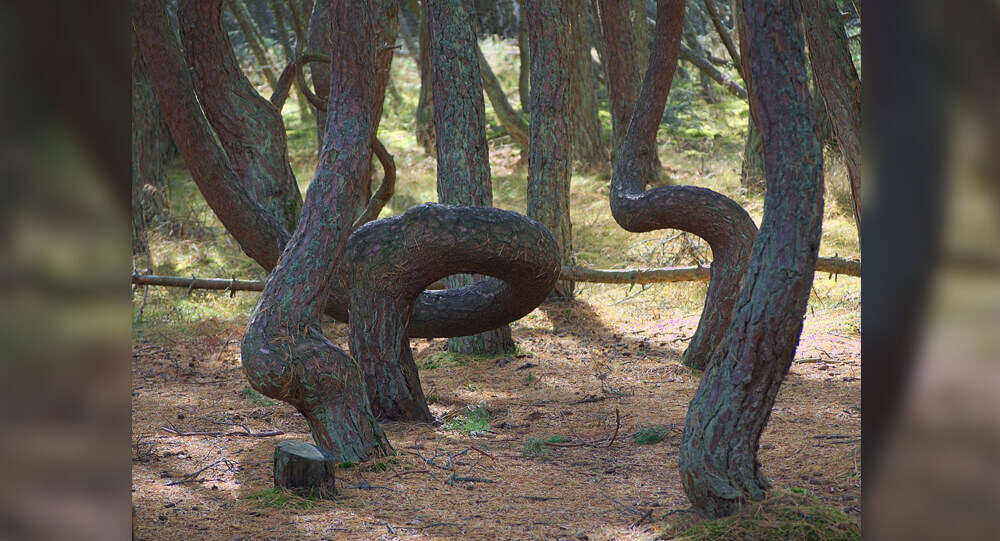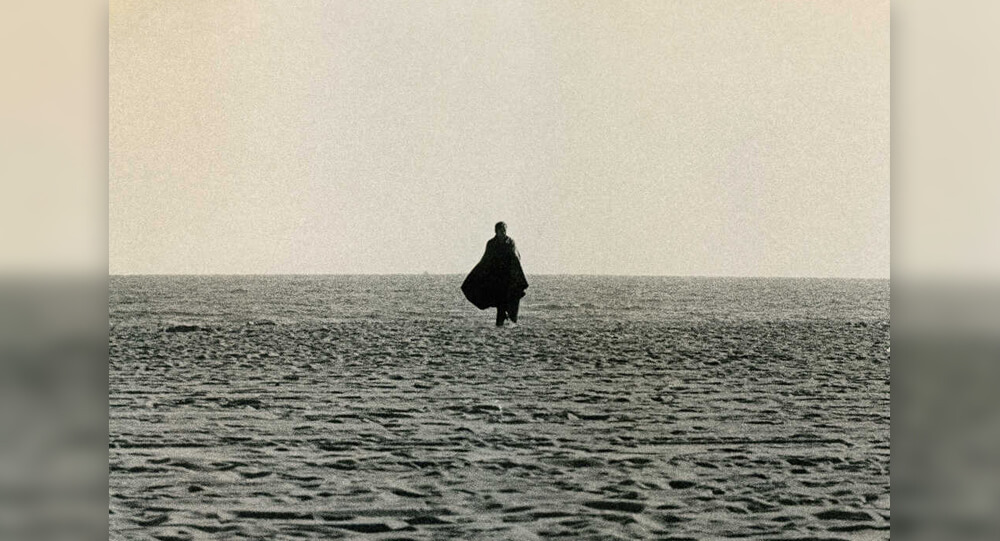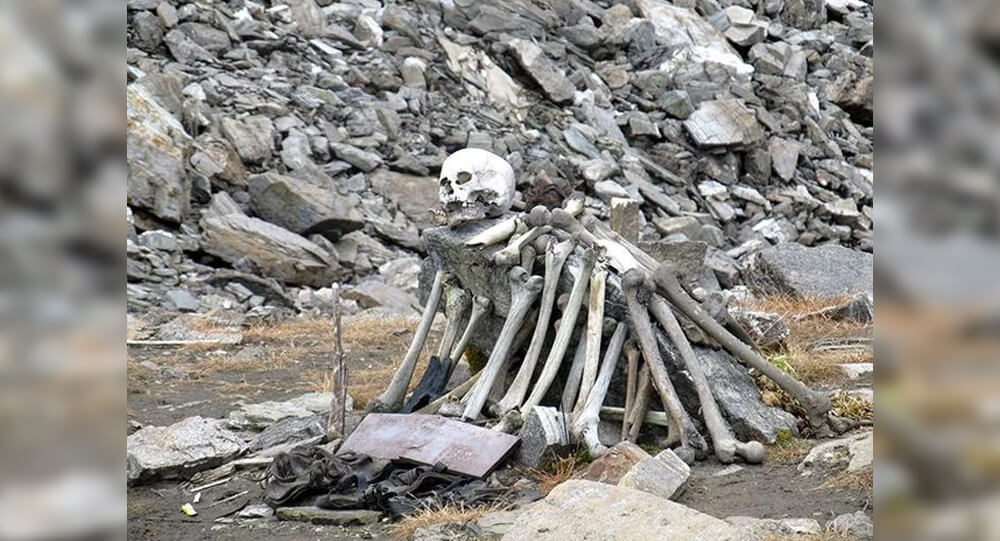
Hundreds of human skeletons are scattered around a secluded lake located in a snow-covered valley high in the Indian Himalayas.
In the state of Uttarakhand, at the base of a steep slope atop Trisul, one of India’s highest peaks, sits Roopkund Lake, 5,029 metres (16,500 feet) above sea level.
At the “lake of skeletons”, the bones are scattered all over and under the ice. A British forest ranger on patrol found them there in 1942.
The lake, which is frozen for most of the year, varies in size depending on the weather and season. The skeletons are only visible once the snow melts, sometimes with flesh still attached and in good condition. Thus far, this site has yielded the skeletal remains of between 600 and 800 individuals. The local government refers to it as a “mystery lake” in tourism promotions.
Scientists and anthropologists have examined the remains and worked through a number of unanswered questions for more than 50 years.
Who were these individuals? When did they pass away? How did they pass away? From where did they originate?
According to an antiquated theory, the remains belong to an Indian king, his spouse, and their companions, who were all killed in a blizzard approximately 870 years ago.
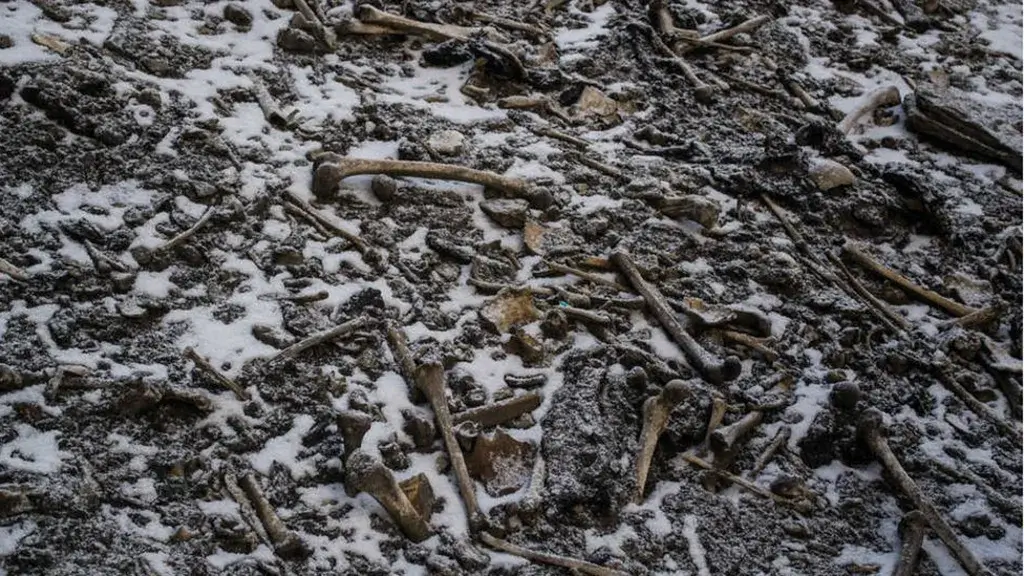
According to another theory, some of the remains may belong to Indian soldiers who attempted to invade Tibet in 1841 but were routed. After that, more than 70 of them were forced to cross the Himalayas to get home, where they perished en route.
Another theory is that this might have been a “cemetery” where epidemic victims were interred. There is a well-known folk song in the villages that describes how Goddess Nanda Devi caused a hailstorm “as hard as iron” that killed travelers who were making their way past the lake. Nanda Devi, the second-highest mountain in India, is worshipped as a goddess.
Previous skeletal studies have revealed that the majority of the deceased were tall, with “more than average stature” being the most common description. The majority of them were middle-aged, with ages ranging from 35 to 40. There were no kids or infants present. Among them were some very old women. Everybody was in fairly good health.
Furthermore, it was widely believed that the skeletons belonged to a single group of individuals who perished simultaneously in a single tragic event in the ninth century.
The most recent five-year study, which included 28 co-authors from 16 US, German, and Indian academic institutions, discovered that some of these presumptions might not be accurate.
Scientists discovered 38 bodies at the lake, including 15 women whose remains were carbon-dated and subjected to genetic analysis; some of the bodies date back approximately 1,200 years.
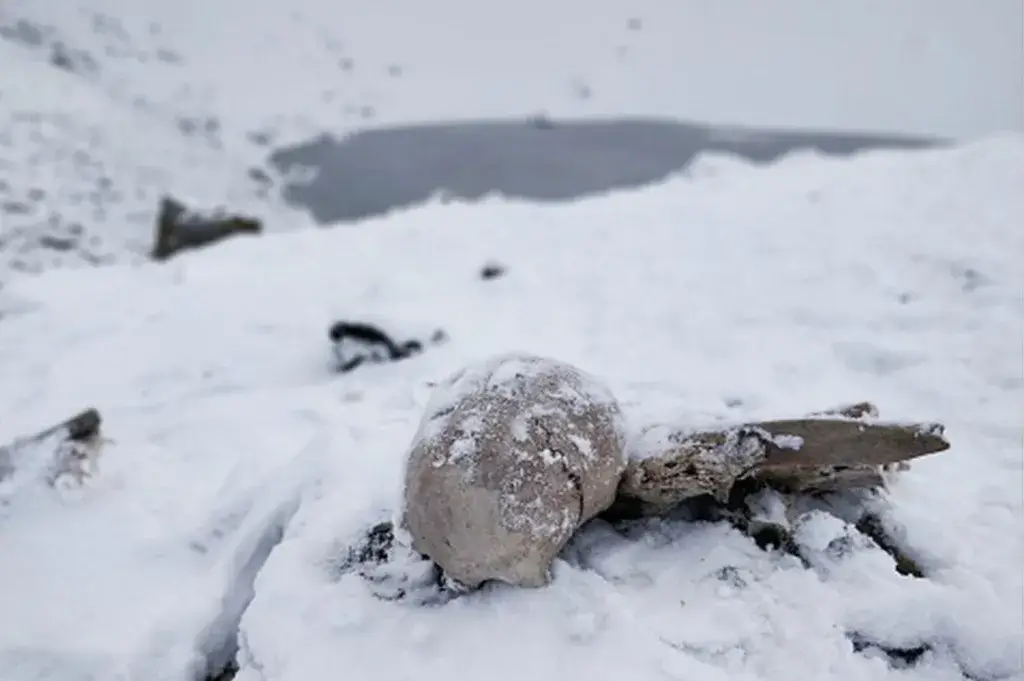
They discovered that the deceased had differing genetic profiles and had passed away up to a millennium apart.
Lead study author and Harvard University doctorate student Eadaoin Harney told me, “It upends any explanations that involved a single catastrophic event that led to their deaths.” “We can now be certain that deaths of these individuals cannot be explained by a single event,” Harney said, adding that “it is still not clear what happened at Roopkund Lake.”
More intriguingly, however, a genetics study revealed that the deceased were a mixed population: one group shared genetic traits with modern South Asians, while the other was “closely related” to modern Europeans, especially those who resided on the Greek island of Crete.
Moreover, the South Asian immigrants “do not appear to come from same population”.
“Some of them have ancestry that would be more common in groups from the north of the subcontinent, while others have ancestry that would be more common from more southern groups,” says Harney.
So over the course of a few hundred years, did these various groups of people make smaller trips to the lake? Did a few of them pass away in one go?
The lake is not near a trade route, so no weapons, arms, or trade goods were discovered there. Genetic investigations turned up no proof of the existence of any archaic bacterial pathogen that may have caused the illness or been the reason for the deaths.
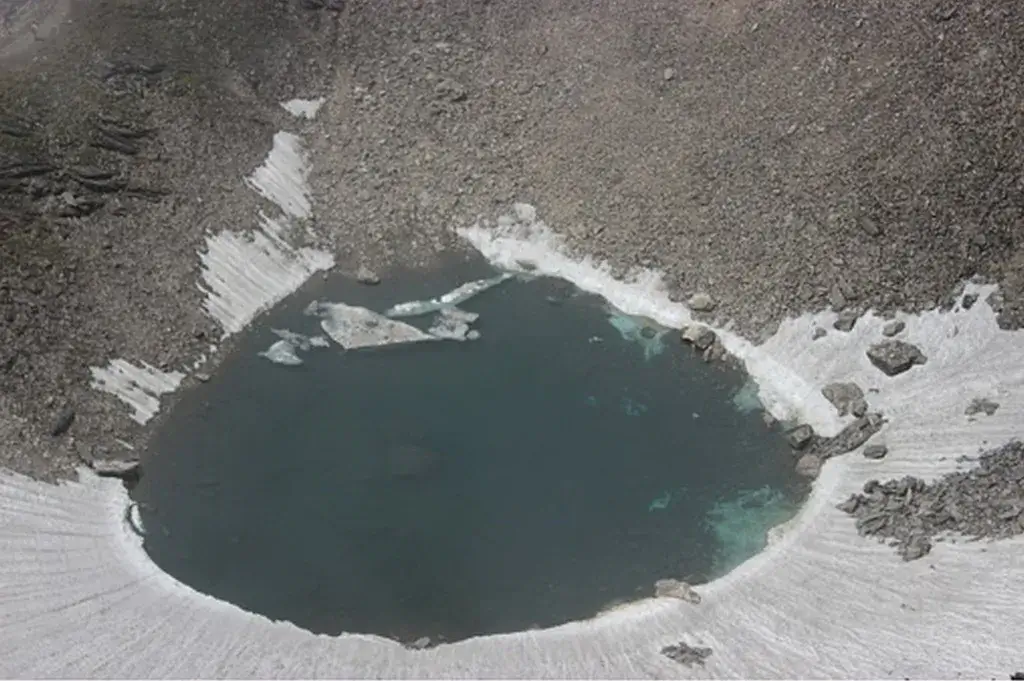
People traveling in the area could have been part of a pilgrimage that passes by the lake. According to studies, reliable reports of pilgrimages in the region only surface in the late 19th century, although inscriptions found in nearby temples from the 8th to the 10th centuries “suggesting potential earlier origins”
Accordingly, scientists surmise that a “mass death during a pilgrimage event” may have caused some of the bodies discovered at the location.
However, how did travelers from the eastern Mediterranean end up at a secluded lake nestled in the tallest mountains of India?
You may also be interested in…
- Mahabalipuram: The mystery behind Lord Krishna’s butterball that defies gravity
- How Were the Two Parts of the Al Naslaa Rock Formation Created?
- Poland’s Krzywy: The Mysteries of the Crooked trees
- Mystery SOLVED: blood Rain in India
It doesn’t seem likely that anyone would have made the long journey from Roopkund to take part in a Hindu pilgrimage from Europe.
Or was it a population, isolated genetically over many generations, of people with distant eastern Mediterranean ancestry living in the region?
“We’re still looking for solutions,” Ms. Harney declares.

The Mystery of Canada's Magical Spotted Lake
Lake Khiluk, the world's most mineralized lake, and one of the most mysterious places on Earth. Each of these spots has a distinct chemical content and is said to cure various diseases.

The Heartbreaking Story Of Ella Harper, The ‘Camel Girl’
Ella Harper, Professionally known as the “Camel Girl” was born with a rare orthopedic condition that cased her knee to bend backward. Due to this condition, had to walked on all four legs, which resulted in her nickname as “Camel Girl”. Tough it was hard at first, but soon she made a fortune out of it.

Famous abandoned cities and ghost towns in the world
Learn the stories behind seven of the world's most renowned abandoned cities and villages, from the infamous Chernobyl nuclear catastrophe zone to Hashima Island.

Will & William Wests: The puzzling situation of two inmates who are identical but not related
These are the mugshots of Will West and William West, and they are not related. They were both sent to Leavenworth Prison at the same time, in 1903, and after some confusion, the staff understood they had two different prisoners with the nearly same name, who looked exactly alike. They are part of the reason fingerprints are now used as identification.

Mahabalipuram: The mystery behind Lord Krishna's butterball that defies gravity
Krishna's Butter Ball is a massive rock in Mahabalipuram, Tamilnadu, India, that is perfectly balanced on a slope. An attempt was made in 1908 to remove the rock for fear that it would roll down and destroy nearby homes, but the efforts were wasted.

The mysterious GIANT spherical stones
Mysterious spherical stones ranging in size from a few millimeters to several meters have been discovered in Crimea, United States, Russia, and New Zealand. There are many theories from various geologists, but none of them are clear.

The mystery of the Sri Lankan national handball team's disappearance
In 2004, the whole Sri Lankan national handball team disappeared. Later, the Sri Lankan government denied the existence of such a team. The location of the team is still unknown.

Lightning bolt restores man’s sight and hearing.
In 1980, an old blind and partially deaf man, Edwin Robinson, was struck by lightning. He suffered no injuries, but the impact of the lightning bold cured his vision and hearing.

Jason Padgett: Became a Math genius after head injury in a robbery
Fate has no place in mathematics, yet fate played a role for Jason Padgett and his new fame for being a mathematical genius

Sandy Island: The Phantom Island That Fooled Maps and Google Earth for Centuries
Sandy Island, charted since 1774, was long considered a phantom island in the Coral Sea. Despite appearing on maps and Google Earth, it was "undiscovered" by scientists in 2012, revealing only deep ocean instead of land. The island's existence was likely a cartographic error or a misidentified pumice raft.

The mysterious Pumpkin impaled on the top of Tower
Twenty Three years ago, somebody impaled a 60-pound pumpkin 170 off the ground on this spire at Cornell University. Nobody knows who did this or how they did it.

The 1978 Lufthansa Heist: Unraveling the Mystery of America's Most Infamous Airport Robbery
During the 1978 Lufthansa heist, robbers infiltrated JFK Airport, restraining employees and holding a night guard hostage. They escaped with $5.9 million—worth over $27 million today. The crime, linked to the Lucchese crime family, remained unsolved for decades, with most suspects vanishing

What Was the Beast of Gévaudan?
Between 1764 and 1767, a mysterious animal called the Beast of Gévaudan terrorized the French village called Gévaudan. It attacked and killed about 100 adults and children. While most believe it was a wolf, some say it may have been a wolf-dog hybrid, hyena or even a lion, but without any genetic evidence, the beast will remain a mystery forever.

How Were the Two Parts of the Al Naslaa Rock Formation Created?
Scientists have been puzzled by the Al Naslaa rock formation in Saudi Arabia for a long time, and there is still no explanation for why this boulder appears to have a precise incision across the middle of it.

When the Sky Rained Fish: An Unbelievable Encounter Above Alaska
A small Alaskan plane was hit by a fish falling from the sky. It had been dropped by an eagle that misjudged its grip. The plane was unharmed, but it made the news as possibly the weirdest bird strike ever.

El Ojo, The Mysterious Rotating Island
In the middle of South America, a strange and nearly perfectly circle island moves on its own. The central landmass, known as 'El Ojo' or 'The Eye,' floats on a pond of clear and chilly water, looking strange and out of place in comparing to its surroundings. The bottom appears to be solid in compared to the marsh around it.

Top 10 Mysterious And Least Explored Places On Earth
Some people believe that there is nothing unexplored remaining on earth but the world doesn't cease to surprise us with its mysteries. Today I'll tell you about the lost places of the planet and animals that live only there.

The story of a boy who claims to be on Mars: Boriska Kipriyanovich
Boriska Kipriyanovich, who lives in Volgograd, Russia, claims he lived on Mars before being resurrected on Earth on a mission to redeem humanity. What we know about him is as follows:

The Miracle Baby: Nigerian Couple in the UK Welcomes a Rare Blonde, Blue-Eyed Child
A black, Nigerian couple living in the U.K. gave birth to a white, blonde, blue-eyed baby that they call the "miracle baby."

Mystery SOLVED: blood Rain in India
The dissemination of spores of microalgae has been identified as the origin of the 'Blood Rain' phenomena, according to a new study by Indian and Austrian experts. Since 1896, reports of intermittent red-colored rain in portions of Kerala and Sri Lanka have been coming in. The most recent one occurred in 2013 over Kerala.

What Caused The Mysterious Patomskiy Crater in Siberia?
Discovered in 1949, the Patomskiy Crater resembles a huge convex cone with a funnel-shaped recess and a rounded hill in the middle, which looks like an eagle’s nest with an egg nestled inside it. The crater’s origin is a mystery that has baffled scientists for decades.

The Mystery of the Dancing Forest: Reasons behind the unusual wonders of forest
The Dancing Forest in Russia is noted for its unusually twisted pine trees. The trunks of these trees are contorted into spirals, rings, and other squiggly loops, but the reason for this malformation is still a mystery.

Jim Sullivan's Mysterious Masterpiece: 'U.F.O.'
In 1969, a musician named Jim Sullivan recorded an album titled "UFO" which featured a song about him being abducted by aliens in the desert. Years later, Jim disappeared and his car was found abandoned in middle of New Mexico desert. His body has never been found.

The Mysterious Disappearance of Frederick Valentich: Australia’s Most Baffling Aviation Enigma
In 1978, Pilot Frederick Valentich and his plane disappeared in Australia. His last communication was “Melbourne that strange aircraft is hovering on top of me again… (two seconds open microphone)… it is hovering and it’s not an aircraft…”

Chocolate Rain in Switzerland: How a Factory Malfunction Turned Olten Into a Sweet Spectacle
In 2020, chocolate 'rained' from the sky in a town in Switzerland. This incident was caused by a ventilation system malfunction at a chocolate factory in Olten. Strong winds then carried the snow-like cocoa powder and spread it around in the immediate vicinity of the factory, covering cars and other things in chocolate.


